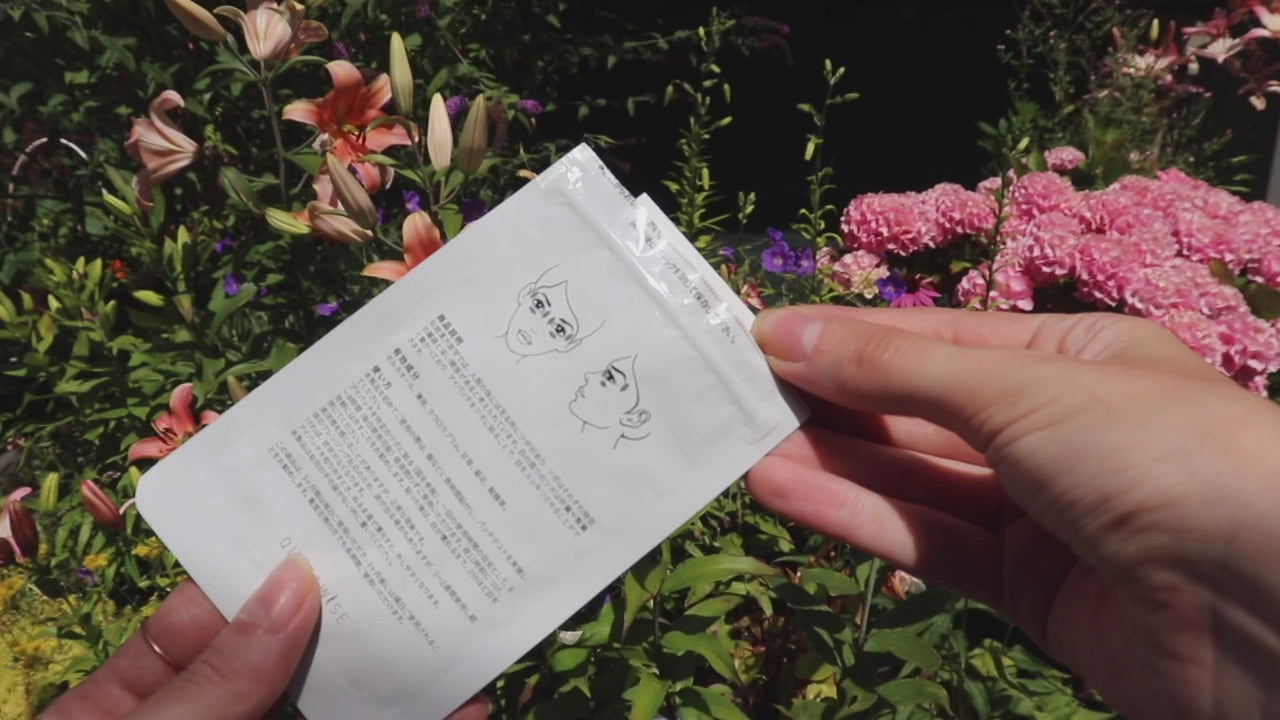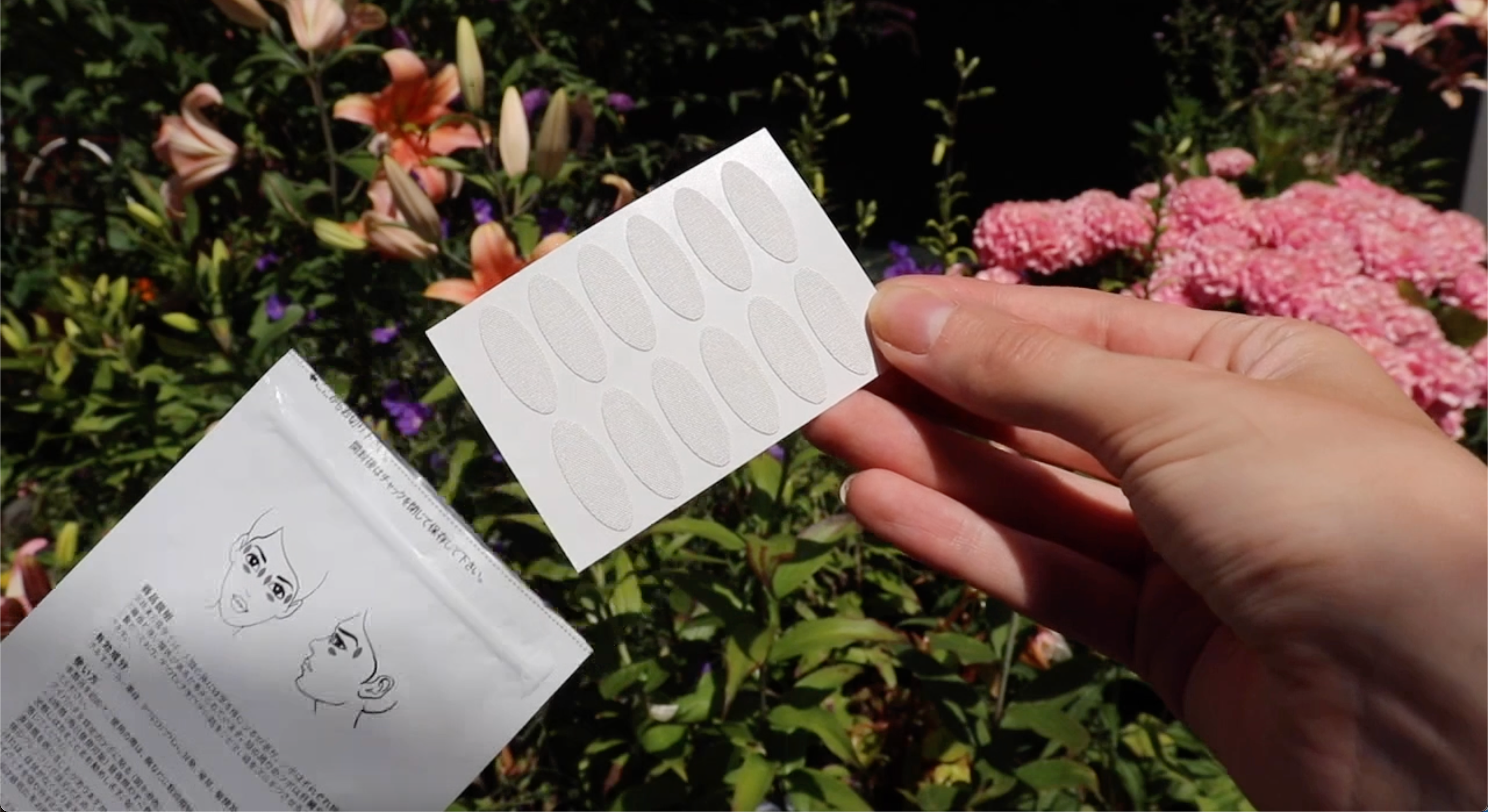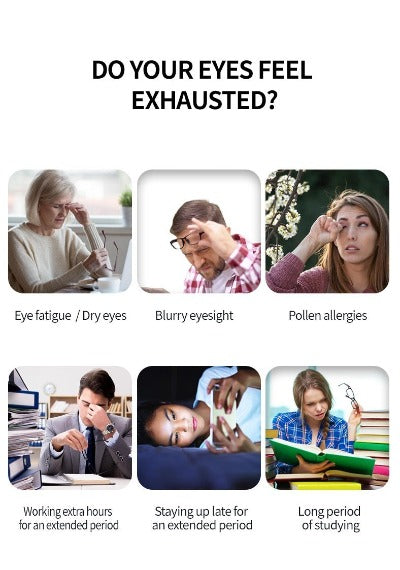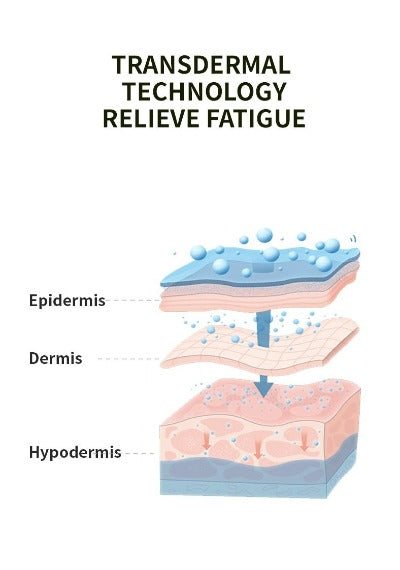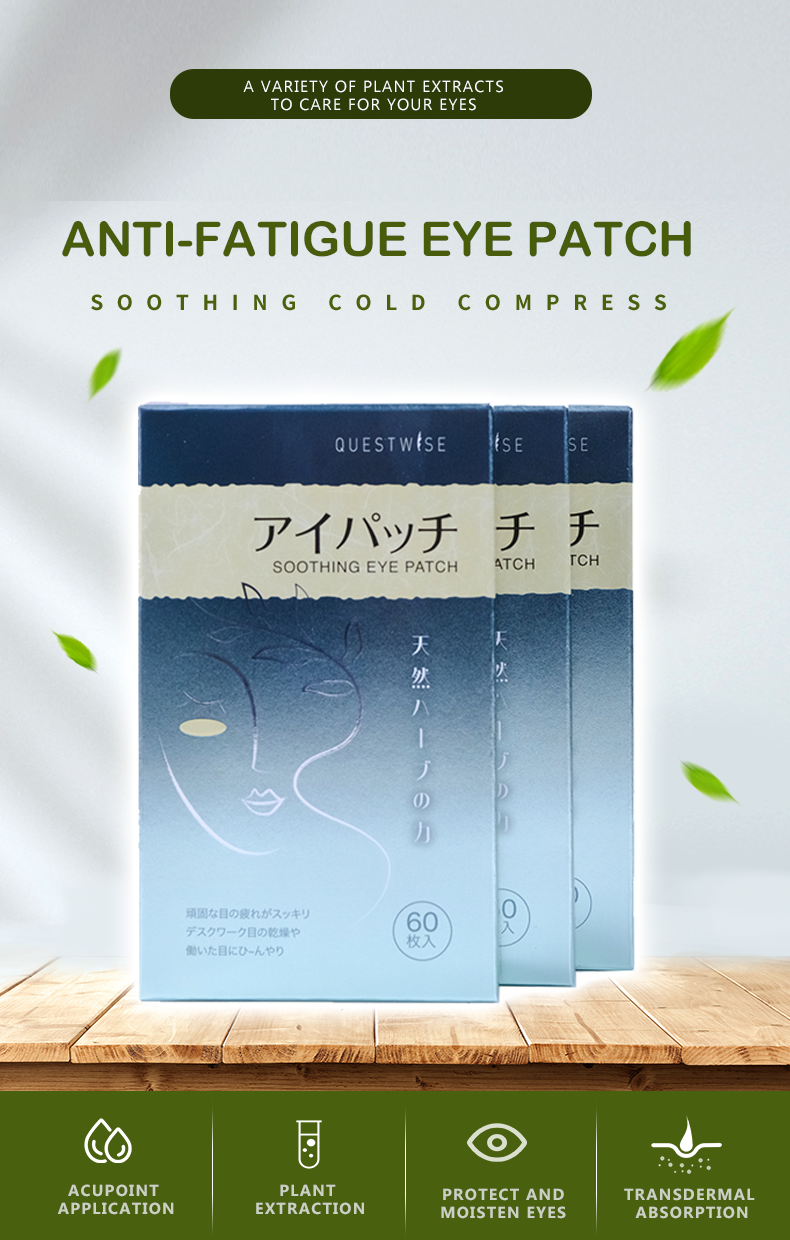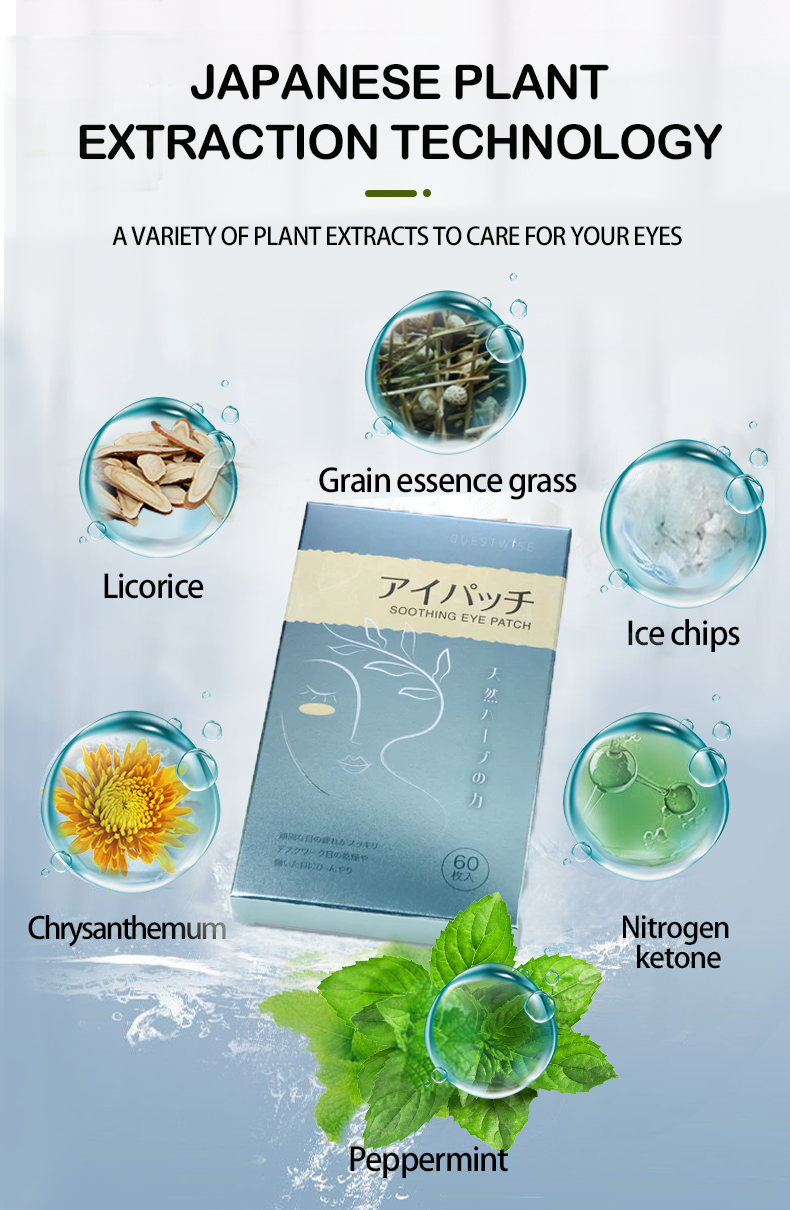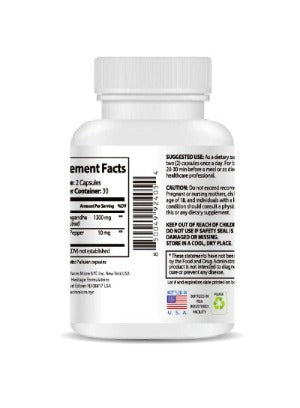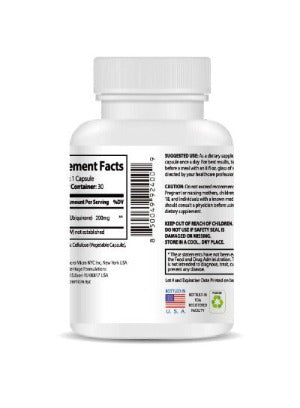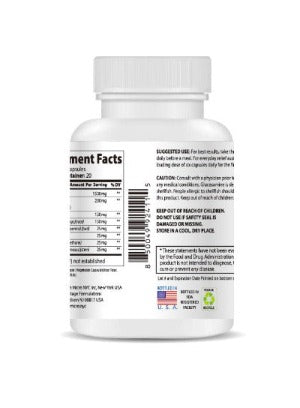Spring's Unwelcome Guest: The Pollen Eye Itch
Spring's arrival brings with it a symphony of natural beauty: blooming flowers, vibrant greenery, and the sweet songs of birds. However, for millions, this idyllic season is overshadowed by an unwelcome guest—the relentless pollen eye itch. This irritating, often debilitating symptom can significantly impact daily life, turning joyful outdoor activities into a struggle for comfort. But why does pollen inflict such misery, and what can you do to reclaim your spring? Let's explore the science behind the suffering and discover effective strategies for relief.
The Science Behind the Suffering: Understanding the Allergic Reaction
The culprit behind the pollen eye itch is pollen itself, the microscopic particles plants release for reproduction. These tiny grains, while essential for plant life, can wreak havoc on our eyes. When pollen comes into contact with the delicate tissues of your eyes, your immune system, your body's defense mechanism, misidentifies it as a foreign threat. This triggers an allergic response, setting off a cascade of events that lead to the classic symptoms: itching, burning, redness, swelling, and excessive tearing. It's an inflammatory response, essentially your body's way of trying to fight off what it perceives as a dangerous invader. This inflammatory response is characterized by the release of histamine and other chemicals, leading to the characteristic symptoms of an allergic reaction. The severity of the reaction varies greatly from person to person, depending on factors such as individual sensitivity, the type of pollen, and the amount of pollen exposure.
Factors Amplifying Spring Eye Itch: A Perfect Storm
Several factors combine to make spring a particularly challenging time for those susceptible to pollen allergies. Higher pollen counts, driven by weather conditions like wind and rain, significantly increase the amount of pollen in the air. This means more contact with irritants and a stronger allergic reaction. Warmer temperatures and increased sunlight further contribute to higher pollen production, resulting in a more intense and prolonged pollen season. Spending more time outdoors during the warmer months, engaging in activities like gardening or hiking, further increases your exposure. Genetic predisposition also plays a role. If you have a family history of allergies, you're more likely to experience severe symptoms. Even air pollution can exacerbate the effects of pollen, creating a potent combination that intensifies your discomfort. Air pollution particles can act as carriers for pollen, increasing its reach and the likelihood of allergic reactions.
Effective Strategies for Relief: A Multi-Pronged Approach
While avoiding all pollen is nearly impossible, several strategies can lessen its impact. Simple adjustments to your daily routine can make a big difference. Wearing sunglasses outdoors acts as a physical barrier, preventing pollen from directly contacting your eyes. Regularly washing your hair and face will remove pollen that has accumulated throughout the day. Keeping windows closed at home, particularly during peak pollen hours, helps reduce indoor pollen levels. Using an air purifier with a HEPA filter can further reduce airborne pollen indoors. However, for those already experiencing the discomfort, targeted relief is essential. This is where products like the Wise Quest Soothing Eye Patches - 3-Month Wellness Pack can provide significant relief.

The Wise Quest Soothing Eye Patches - 3-Month Wellness Pack harnesses the power of traditional Chinese herbal medicine to soothe irritated eyes and reduce inflammation. These patches are specifically formulated to address common allergy symptoms, including eye fatigue, dryness, astringency, redness, and swelling. By promoting healthy blood circulation, they help alleviate discomfort and reduce the inflammation associated with pollen allergies. This makes them an invaluable tool in managing seasonal allergy symptoms and enhancing overall eye well-being. The 3-month supply ensures consistent relief throughout the pollen season, providing peace of mind and allowing you to enjoy the spring without constant eye irritation.
Long-Term Solutions for Lasting Comfort: Proactive Allergy Management
While products like the Wise Quest Soothing Eye Patches - 3-Month Wellness Pack offer effective relief, addressing the root cause of your pollen eye itch is crucial for long-term comfort. Consulting an allergist for a comprehensive evaluation is highly recommended. They can perform allergy testing to pinpoint your specific triggers and recommend personalized treatment plans. These plans might include over-the-counter or prescription medications, such as antihistamines or nasal corticosteroids, to manage your symptoms. Antihistamines work by blocking the effects of histamine, reducing inflammation and alleviating symptoms like itching and tearing. Nasal corticosteroids reduce inflammation in the nasal passages and can also help with eye symptoms. Allergy shots (immunotherapy) are another long-term solution that can significantly reduce your sensitivity to pollen over time. Immunotherapy works by gradually desensitizing your immune system to the allergens, leading to a reduction in symptoms.
Reclaiming Your Spring: A Holistic Approach to Allergy Relief
Pollen eye itch doesn't have to control your spring experience. By understanding the science behind the allergy, implementing preventative measures, and utilizing effective relief options such as the Wise Quest Soothing Eye Patches - 3-Month Wellness Pack, you can significantly reduce discomfort and enjoy the season to the fullest. Combine these strategies with a proactive approach to long-term allergy management for lasting relief and a truly fulfilling spring experience. Remember, managing allergies is a journey, not a destination. By being informed, proactive, and persistent, you can regain control over your spring and enjoy its beauty without the constant struggle of pollen eye itch.
Additional Tips for Managing Pollen Eye Itch: Everyday Strategies
- Stay informed: Monitor daily pollen counts in your area to anticipate high-pollen days and adjust your activities accordingly. Many weather apps and websites provide this information.
- Consider indoor activities: Schedule outdoor activities for times of day when pollen counts are typically lower, such as early morning or evening. Pollen counts are often highest in the afternoon and early evening.
- Change clothes after being outdoors: This helps remove pollen from your skin and clothing, preventing further irritation. This is particularly important if you have been gardening or engaging in other activities that increase pollen exposure.
- Use a saline solution: Rinsing your eyes with a sterile saline solution can help remove pollen and soothe irritation. You can purchase saline eye drops at most pharmacies.
- Avoid rubbing your eyes: This can worsen irritation and potentially lead to infection. If your eyes are itchy, try using cool compresses instead of rubbing.
- Maintain good eye hygiene: Gently clean your eyelids with a warm, damp cloth to remove any irritants.
- Stay hydrated: Drinking plenty of water helps to flush out allergens from your system and keeps your mucous membranes moist.
By taking a comprehensive approach that combines preventative measures, targeted relief, and long-term allergy management, you can conquer spring's pollen assault and enjoy the season with clear, comfortable eyes. Remember to consult with a healthcare professional for personalized advice and treatment options.



